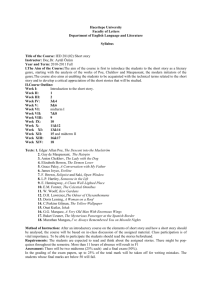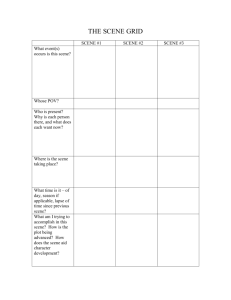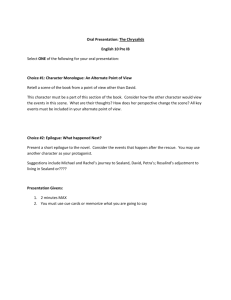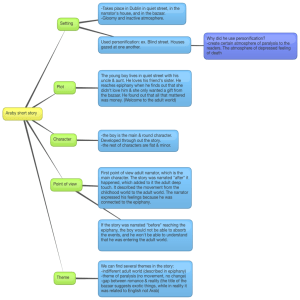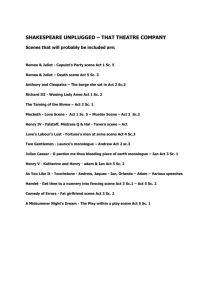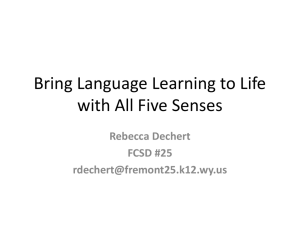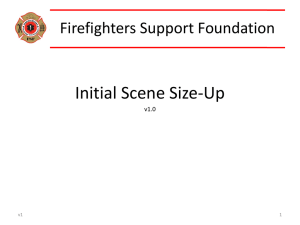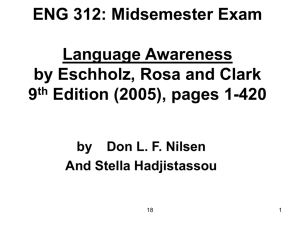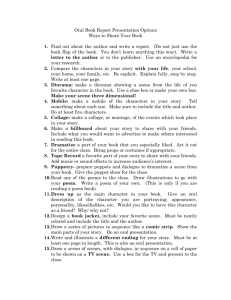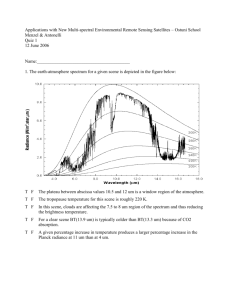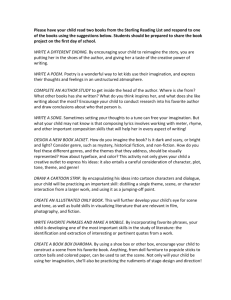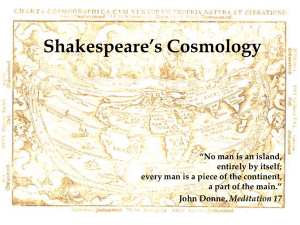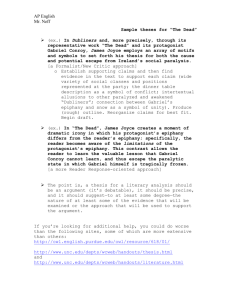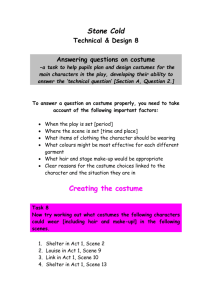FACT SHEET_PLOT EVENT STORY general
advertisement
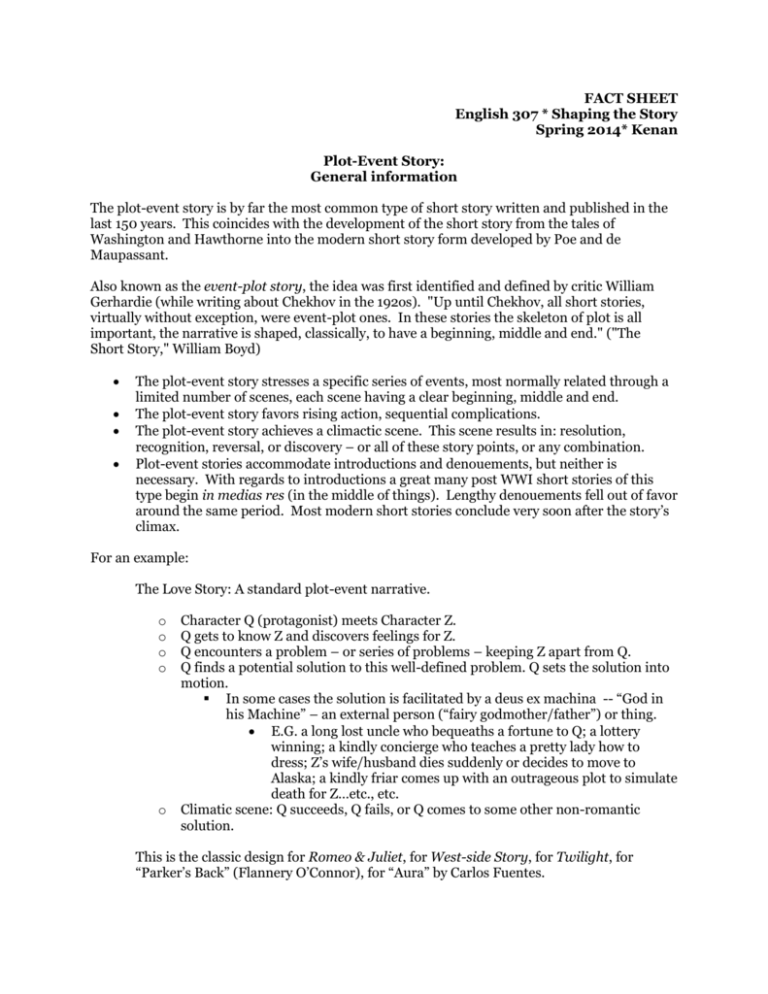
FACT SHEET English 307 * Shaping the Story Spring 2014* Kenan Plot-Event Story: General information The plot-event story is by far the most common type of short story written and published in the last 150 years. This coincides with the development of the short story from the tales of Washington and Hawthorne into the modern short story form developed by Poe and de Maupassant. Also known as the event-plot story, the idea was first identified and defined by critic William Gerhardie (while writing about Chekhov in the 192os). "Up until Chekhov, all short stories, virtually without exception, were event-plot ones. In these stories the skeleton of plot is all important, the narrative is shaped, classically, to have a beginning, middle and end." ("The Short Story," William Boyd) The plot-event story stresses a specific series of events, most normally related through a limited number of scenes, each scene having a clear beginning, middle and end. The plot-event story favors rising action, sequential complications. The plot-event story achieves a climactic scene. This scene results in: resolution, recognition, reversal, or discovery – or all of these story points, or any combination. Plot-event stories accommodate introductions and denouements, but neither is necessary. With regards to introductions a great many post WWI short stories of this type begin in medias res (in the middle of things). Lengthy denouements fell out of favor around the same period. Most modern short stories conclude very soon after the story’s climax. For an example: The Love Story: A standard plot-event narrative. o o o o o Character Q (protagonist) meets Character Z. Q gets to know Z and discovers feelings for Z. Q encounters a problem – or series of problems – keeping Z apart from Q. Q finds a potential solution to this well-defined problem. Q sets the solution into motion. In some cases the solution is facilitated by a deus ex machina -- “God in his Machine” – an external person (“fairy godmother/father”) or thing. E.G. a long lost uncle who bequeaths a fortune to Q; a lottery winning; a kindly concierge who teaches a pretty lady how to dress; Z’s wife/husband dies suddenly or decides to move to Alaska; a kindly friar comes up with an outrageous plot to simulate death for Z…etc., etc. Climatic scene: Q succeeds, Q fails, or Q comes to some other non-romantic solution. This is the classic design for Romeo & Juliet, for West-side Story, for Twilight, for “Parker’s Back” (Flannery O’Connor), for “Aura” by Carlos Fuentes. Plot-event stories can easily be epiphany stories – ending on a note of the main character experiencing a small, new understanding. (See: “Spring in Fialta,” Vladimir Nabokov). However epiphany stories need not be plot-event stories. (Which see: Epiphany fact sheet.) Structure is not dependent upon theme or genre. Edgar Allan Poe believed the modern short story should be short enough to read in one sitting.
